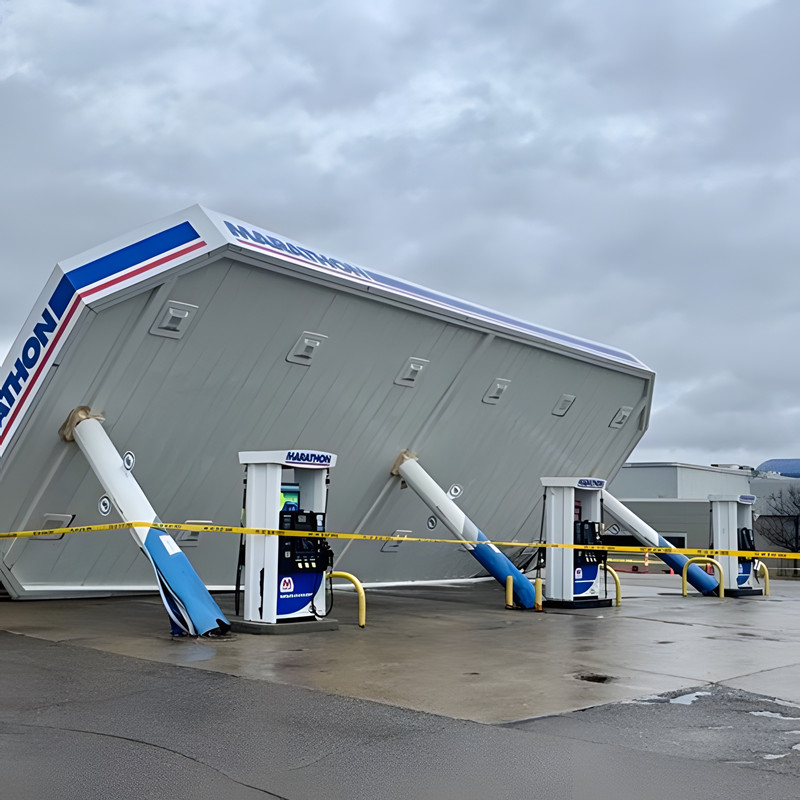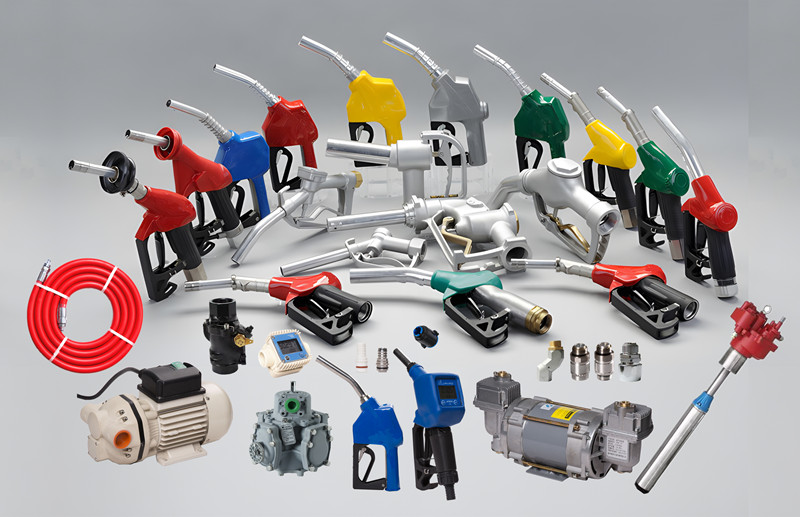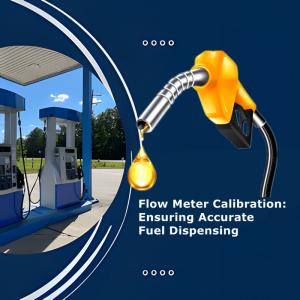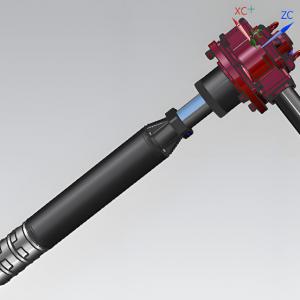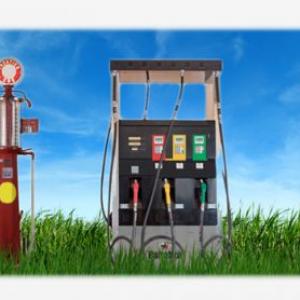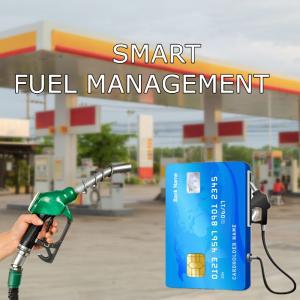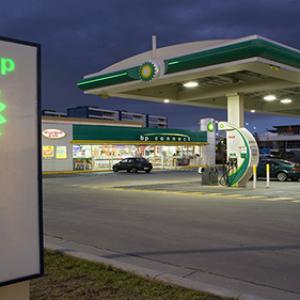Summer Storms Ahead: Is Your Gas Station Ready?
A Guide to Storm Safety and Equipment Protection
A sudden summer thunderstorm can bring welcome relief from the heat, but for a gas station, it presents a unique and significant set of challenges. A lightning flash, a sudden downpour, or a power outage isn't just a weather event—it's a potential threat to your staff, your customers, and your entire operation.
This article serves as your comprehensive guide to preparing for summer storms, ensuring the safety of your personnel and the protection of your essential equipment. We will cover everything from preemptive checks to post-storm recovery, with a special focus on critical components like your Fuel pump dispenser, oil nozzle kit, and diesel nozzle pump.
1. The Hidden Dangers of a Summer Storm
The risks associated with thunderstorms at a gas station are significant and multifaceted.
-
Lightning and Static Electricity Risks:
-
Danger: A direct lightning strike can cause a fire or explosion, as the massive energy release from a lightning bolt can ignite flammable fuel vapors.
-
Reason: The very nature of a gas station involves the presence of volatile fuel vapors, which, when combined with the immense electrical energy and static sparks from a storm, create a highly explosive environment.
-
-
Flooding and Equipment Damage:
-
Danger: Heavy rain can lead to flooding, which can submerge the base of your fuel dispensers, underground storage tanks, and submersible pumps. This can cause electrical shorts and severe equipment damage.
-
-
Operational Hazards:
-
Danger: The safety of your attendants and customers is at risk during a storm.
-
Reason: Low visibility, slippery surfaces, and the general stress of a storm all increase the likelihood of accidents and operational errors.
-
2. Pre-Storm Preparation: Your Equipment's First Line of Defense
Proactive checks and maintenance are your best defense against storm-related damage. This is where you transform your forecourt from a potential hazard zone into a secure operational hub.
Fuel pump Dispenser Lightning Protection:
-
Key Focus: Ensure that all your fuel pump dispenser units have intact and functional grounding systems, with resistance levels that meet safety standards. You should also consider adding surge protectors to the power lines to protect against voltage spikes from nearby lightning strikes.
-
Action: Regularly inspect grounding wire connections for any signs of looseness or corrosion. Check the integrity of the protective casing and confirm all seals are tight to prevent water from entering the electrical components.
Tank and Submersible Pump Waterproofing:
-
Key Focus: Inspect the sealing around your tank manholes to prevent rainwater seepage.
-
Action: Ensure that tank vent caps are securely in place and that the power connections for your submersible pump are properly sealed. Before a heavy storm, it is wise to check your tank levels to prevent rainwater from entering and contaminating the fuel.
Nozzle and Hose Maintenance (Oil Nozzle Kit & Diesel Nozzle Pump):
-
Key Focus: Check all connections on your oil nozzle kit and the hoses attached to your diesel nozzle pump for any signs of looseness or leaks. This is especially important as the pressure from rain and wind can expose weak points.
-
Action: Before the storm season, inspect the nozzle handles, hoses, and connectors. Our oil nozzle kit and diesel nozzle pump are designed with high-quality materials and tight seals to perform reliably even in severe weather.
3. Emergency Procedures During a Storm
When a storm hits, quick and decisive action is critical to ensure safety.
Fueling Guidelines During a Storm:
-
Protocol: Immediately suspend all fueling services. Guide any vehicles to an orderly parking area or instruct them to leave. Inform customers not to use cell phones or any other electronic devices in the fueling zone.
-
Personnel: All employees should move to a designated safe area and wait for the storm to pass.
Power Disconnection and Emergency Plan:
-
Protocol: During a thunderstorm, especially with a lightning risk, immediately shut off the power to the fuel pump dispenser and other electrical equipment.
-
Plan: Have a detailed emergency plan that includes procedures for fire, fuel leaks, electrical shorts, and other sudden emergencies. Test this plan with your staff periodically.
Post-Storm Equipment Inspection:
-
Protocol: Do not resume operations immediately after the storm.
-
Action: Perform a comprehensive inspection of all fuel pump dispenser units, paying close attention to the electrical system, grounding wires, and nozzles. Only after confirming that there are no abnormalities should you resume service.
4. Post-Storm Maintenance and Long-Term Protection
After the immediate danger has passed, a thorough inspection and maintenance routine is essential to prevent long-term damage.
-
Oil Nozzle Kit: Check rubber seals for signs of wear or water seepage. Clean the inside of the nozzle to prevent water vapor from contaminating the fuel.
-
Fuel Pump Dispenser: Test the display screen and buttons for moisture resistance. Check the internal circuits for any signs of short circuits.
-
Diesel Nozzle Pump: Drain any standing water to prevent diesel emulsification. Lubricate metal parts to prevent rust and corrosion.
5. Conclusion: Safety Is the Foremost Priority
Summer thunderstorms are a common challenge for gas stations, but with thorough preparation and adherence to safety protocols, these risks can be effectively managed. The safety of your staff and customers is the most important thing.
By taking a proactive approach to protecting your equipment, from the oil nozzle kit and fuel pump dispenser to your diesel nozzle pump and underground tanks, you are not only ensuring the longevity of your assets but also upholding your commitment to safety and compliance.
"Prevention is more profitable than repair!"
-
Action Items:
-
How often do you check your station's lightning protection system?
-
It's time for a comprehensive storm season maintenance check for your fuel pump dispenser and diesel nozzle pump!
-
Act now to ensure your gas station can weather every storm safely and securely.
